FridayParts would like to thank you for your support and trust in November, 2022. In November, we donated 444 US dollars to poor children around the world based on 4433 orders. Each month, we make a donation to charity. Thank you to all of our customers.
In this month’s post, we would like to share an article from UNICEF: Childhood pneumonia: Everything you need to know.
Many people associate pneumonia with the elderly, but it is actually the biggest infectious killer of children worldwide. Every year, it claims the lives of more than 700,000 children under the age of 5, including over 153,000 newborns, who are particularly vulnerable to infection.
What causes pneumonia?
Pneumonia is an acute respiratory infection of the lungs. It doesn’t have one single cause – it can develop from either bacteria, viruses or fungi in the air. When a child is infected, their lungs are filled with fluid and it becomes difficult to breathe. Children whose immune systems are immature (i.e. newborns) or weakened – such as by undernourishment, or diseases like HIV – are more vulnerable to pneumonia.
What are the symptoms of pneumonia?
As pneumonia is an infection of the lungs, the most common symptoms are coughing, trouble breathing and fever. Children with pneumonia usually experience fast breathing, or their lower chest may draw in or retract when they inhale (in a healthy person, the chest expands during inhalation).
Is pneumonia contagious?
Pneumonia is contagious and can be spread through airborne particles (a cough or sneeze). It can also be spread through other fluids, like blood during childbirth, or from contaminated surfaces.
How is pneumonia diagnosed in children?
Health workers can diagnose pneumonia through a physical exam, including checking for abnormal breathing patterns and listening to the child’s lungs. Sometimes they may use chest x-rays or blood tests for diagnosis. In countries without strong health care systems (i.e. few doctors, lack of access to chest x-rays and laboratories), health workers often rely on diagnosing pneumonia by counting the number of breaths the child takes per minute. For instance, a 5 month old child who takes 50 breaths per minute would be breathing too fast, and could have pneumonia. The number of breaths for ‘fast breathing’ depends on the child’s age – younger children normally have higher rates of breathing than older children.
What is the treatment of pneumonia?
The treatment for pneumonia depends on the type of pneumonia. In developing countries, a large number of pneumonia cases is caused by bacteria and can be treated with low cost antibiotics. Yet only one third of children with pneumonia receive the antibiotics they need because they lack access to quality health care. Other causes of pneumonia are viruses or mycobacteria (e.g. those causing tuberculosis) requiring other treatments. Tuberculosis in particular often remains un-diagnosed.
What role can oxygen play in treating pneumonia?
Oxygen is an essential and life-saving treatment for children and newborns suffering from severe pneumonia. That’s because the inflammation of their lungs prevents enough oxygen from entering their bloodstream.
Is there a pneumonia vaccine?
Pneumonia caused by bacteria is easily preventable with vaccines. However, more than 50 per cent of children around the world are not fully protected with the primary vaccine to prevent pneumonia – the Pneumococcal (PCV) vaccine. A new vaccine for one of the main viral causes of pneumonia is under development.
Where are the most children dying from pneumonia?
The countries with the largest number of child pneumonia deaths are concentrated in sub-Saharan Africa and Asia, including Democratic Republic of Congo, Ethiopia, India, Nigeria and Pakistan. Together, these five countries account for more than half of all deaths due to pneumonia among children under five.
Child deaths from pneumonia are concentrated in the world’s poorest countries. Within these countries, it is the most deprived and marginalized children who suffer the most. They often have limited or no access to basic health services and are more likely to suffer from other health threats like malnutrition, infectious diseases and polluted air. They often live in fragile or humanitarian settings, where often risk factors increase and health systems break down.
How does air pollution factor into pneumonia?
Air pollution can significantly increase the risk of respiratory infection, including pneumonia. Almost a third of all pneumonia deaths are attributable to air pollution.
Cents to Charity, Cents to Make Dreams Happen
| January,2022 | February,2022 | March,2022 | April,2022 | May,2022 | June,2022 | July,2022 | August,2022 | September,2022 | October,2022 | November,2022 | |
|---|---|---|---|---|---|---|---|---|---|---|---|
| Amount raised by members (including GST) | $293.00 | $293.00 | $382.00 | $340.00 | $398.00 | $434.00 | $403.00 | $493.00 | $459.00 | $470.00 | $444.00 |
| Accumulated Orders (monthly) | 2,930 | 2,889 | 3,814 | 3,391 | 3,976 | 4,334 | 4,031 | 4,929 | 4,590 | 4,698 | 4,433 |
Learn more FridayParts global care program at: https://www.fridayparts.com/fridayparts-global-care-program
Learn more about UNICEF at: http://www.unicef.com


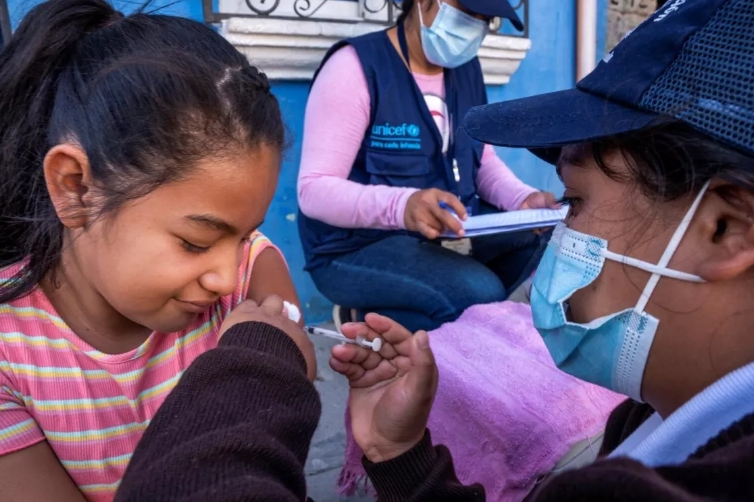
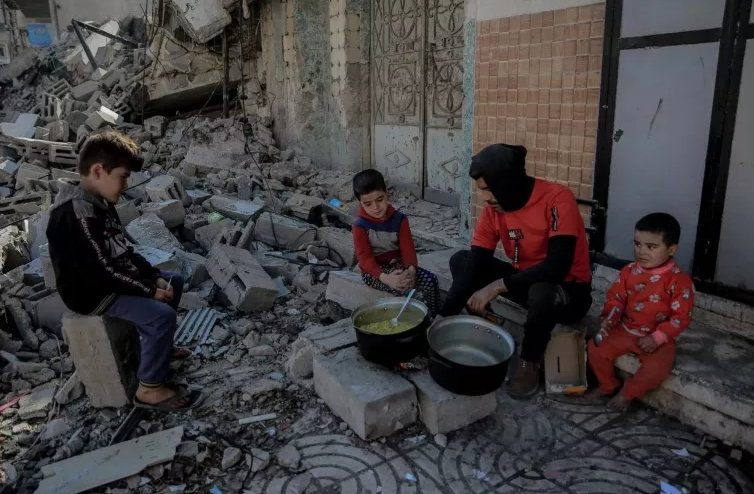

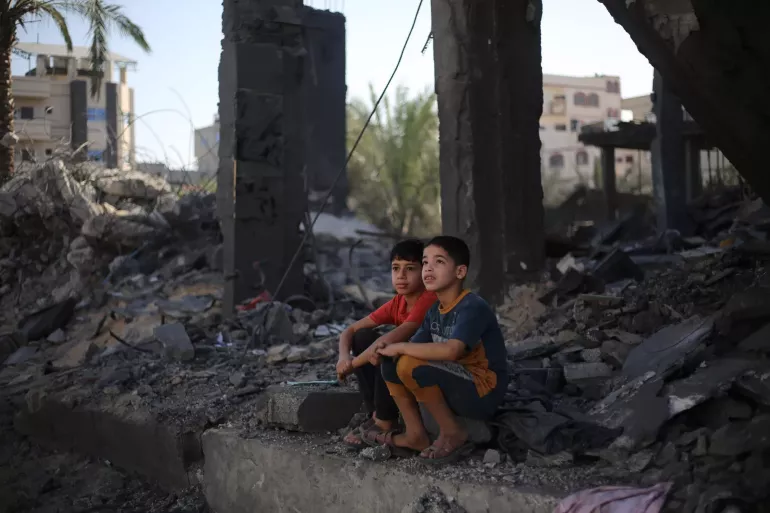
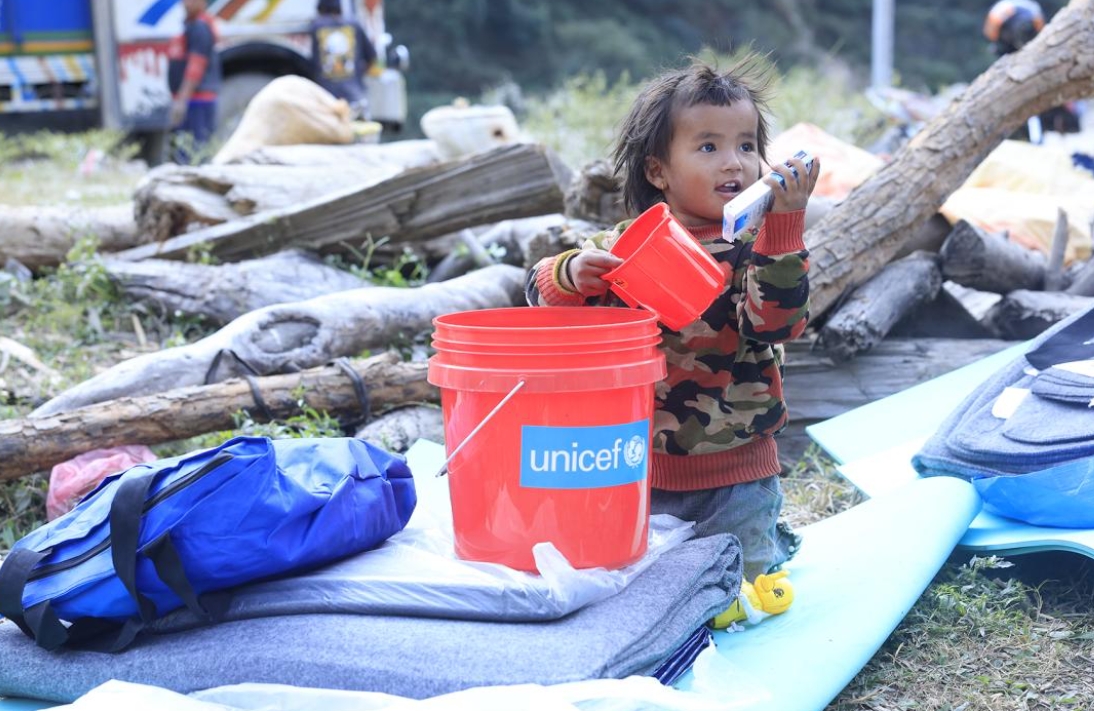
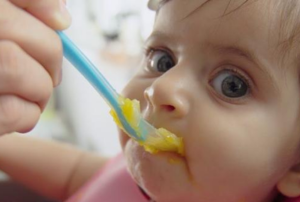
Leave A Comment